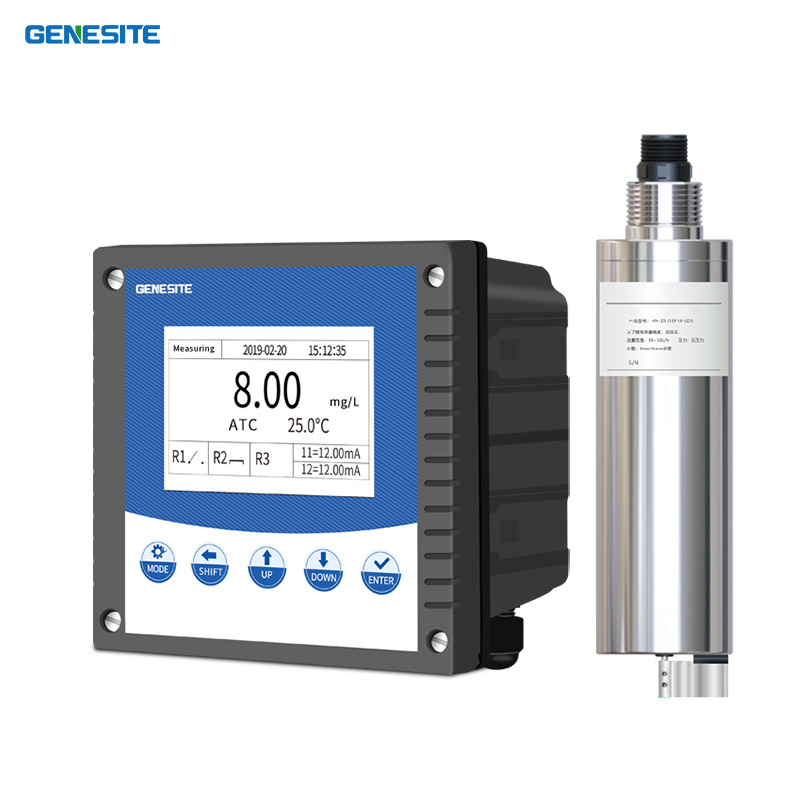Understanding Conductivity Analyzers: Essential Tools for Automotive Diagnostics
Jul 08,2025

Conductivity analyzers are pivotal instruments used in the automotive sector to assess the electrical conductivity of fluids, particularly engine coolants and battery fluids. Their primary function is to measure the ability of a fluid to conduct electricity, which can indicate the quality and effectiveness of these vital automotive components. In this article, we will discuss the technical aspects of conductivity analyzers, their significance in automotive diagnostics, and best practices for their usage.
At its core, a conductivity analyzer operates by passing an electrical current through a sample fluid. The resistance encountered by the current is measured and translated into a conductivity value. This value provides crucial insights into the fluid's ionic content, which is essential for understanding its condition and performance. For example, in engine coolant, an abnormal conductivity reading may indicate contamination, degradation, or improper mixing with water, prompting further investigation and preventive measures.
In battery maintenance, conductivity analyzers play a significant role in assessing the health of the electrolyte solution. A decrease in conductivity can signal that the battery is losing its charge capacity or that the electrolyte has become diluted or contaminated. Regular checks using a conductivity analyzer can help automotive technicians identify failing batteries before they lead to performance issues, thereby enhancing overall vehicle reliability.
When selecting a conductivity analyzer, it is important to consider the range of measurements it can perform, its sensitivity, and its ease of use. Many modern analyzers come equipped with advanced features, such as automatic temperature compensation and data logging capabilities, which can significantly enhance diagnostic efficiency. Additionally, calibration and maintenance of the analyzer are crucial for ensuring accurate readings. Regular calibration against a known standard is recommended to maintain the precision and reliability of measurement.
Incorporating a conductivity analyzer into routine diagnostic procedures not only facilitates a deeper understanding of fluid quality but also contributes to preventive maintenance strategies. By identifying potential issues early, automotive professionals can avoid costly repairs and improve customer satisfaction.
In conclusion, conductivity analyzers are indispensable tools that provide vital information regarding the condition of automotive fluids. Understanding their operation and applications can empower automotive technicians to deliver superior service and ensure the longevity of vehicles. Incorporating these analyzers into standard diagnostic practices will undoubtedly enhance overall automotive maintenance and repair effectiveness.
Contact Us
E-mail :
andrew@genesit1.com
Phone:
+8615896508337
Address:
Chanhe Industrial Park,LuoYang City, Henan Province,China


